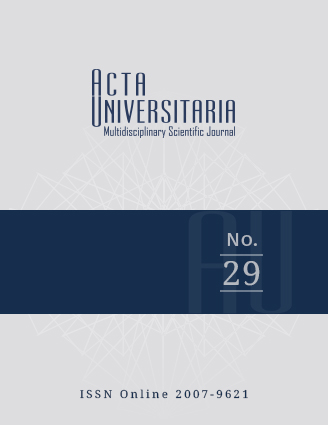Innovation among the OECD members. An approach through Dynamic Network Data Envelopment Analysis and Hierarchical Conglomerate Analysis
Published 2019-10-16
How to Cite
Abstract
The objective of this study is to make a comparison by cluster of the innovative efficiency of 33 Organisation for Economic Co-operation and Development (OECD) members. To do so, two methodologies are used: a Dynamic Network Data Envelopment Analysis (DEA) and a Hierarchical Conglomerate Analysis. The inputs of DEA analysis of the first stage were three factors: institutions, human capital, and infrastructure. As intermediate variables, the sophistication of the domestic market and the sophistication of the business market were considered. As products of the system, scientific and technological products were used. The results show that the most efficient innovative leaders were Estonia, Hungary, Switzerland, and Ireland. Fourteen other countries were classified as strong innovators. Mexico was found in the cluster of moderate innovators along with Spain and Japan, while the least efficient countries were Australia, Austria, Canada, Denmark, Finland, France, Greece, Iceland, New Zealand, Norway, Poland, and Portugal.

